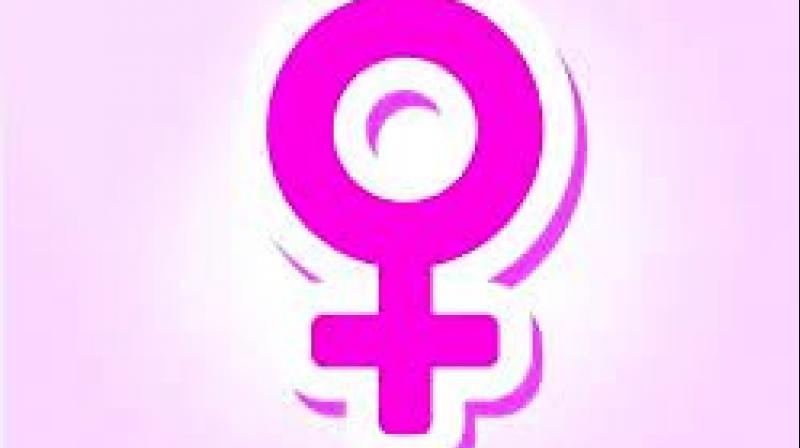Sex ratio dips in large states including Telangana
Immediate need for states to implement the PCPNDT Act, 1994, say experts.

HYDERABAD: The two Telugu-speaking states have performed considerably better as 17 out of 21 large states show a drastic dip in their sex ratio as per the recently released Niti Aayog Health Index. Telangana and Andhra Pradesh have both had a dip of one i.e. from 919 to 918 in their sex ratio i.e. number of girls born for every 1,000 boys from the 2012-14 to 2013-15.
The Healthy States Progressive India report contains the performance of all states and Union territories on a range of health indicators. Telangana and Andhra Pradesh were part of the “large” states list. The first category, health outcomes, was sub-categorised into neo-natal mortality rates, under five mortality rate and sex ratio. The second division was governance which was further divided into full immunisation, proportion of institutional deliveries and others.
The final category was key inputs that was divided into the proportion of vacant health care providers in public hospitals, 24X7 working facilities and others. The sex ratio indicator was crucial in the Health outcome domain as the report stated, “Sex ratio at birth is an important indicator and reflects the extent to which there is reduction in number of girl children born by sex-selective abortions.”
The slight dip although saddening is also very promising says medical experts as the data clearly proves that sex selective abortions, which is taken as an indicator, are coming to a halt. Dr Hima Bindu Singh, president of the Indian Paediatric Association, says, “The government schemes have certainly helped to raise awareness. Even though there is a dip, I am sure we will overcome it in the following year. KCR’s mother kits promise families with girl newborns more money than baby boys. Similarly many paediatric associations across the city also conduct awareness camps with expecting parents, even in rural areas to ensure that abortions are not conducted. Similarly sex detection tests are also dealt with stringently in the state. A case will be filed against the doctor and hospital as well which is why they are also not conducted.”
Although the number of girls born is still less than the permissible limit i.e. 950 girls, many states such as Haryana, Uttarakhand and Rajasthan saw a dip of more than 30. Dr Rajashree Nambiar, a gynaecologist says, “Awareness programmes with young girls that revolve around education, how dowry is taboo and others empower the woman to make a choice and stand up against female foeticide. The government is trying to make sure that the message is spread to all the areas. It is a very delicate topic as in the report although Kerala is leading in the number of girls born i.e. 967 to 1,000 boys, which is well above the 950 required limit, the state has also dipped from 974 from the base year. Hence it is not the number but the variation that should be addressed.”
Gujarat has performed the worst with a dip of over 53 points i.e. to 854 in the reference year (2013-15) from 905 in the base year (2012-14). Punjab recorded the most improvement i.e. 19 points, from 870 in the base year to 889 in the reference year. The report stated that the immediate need is for states to effectively implement the Pre-Conception and Pre-Natal Diagnostic Techniques (PCPNDT) Act, 1994 and ensure that appropriate measures are in place to promote the value of the girl child.
